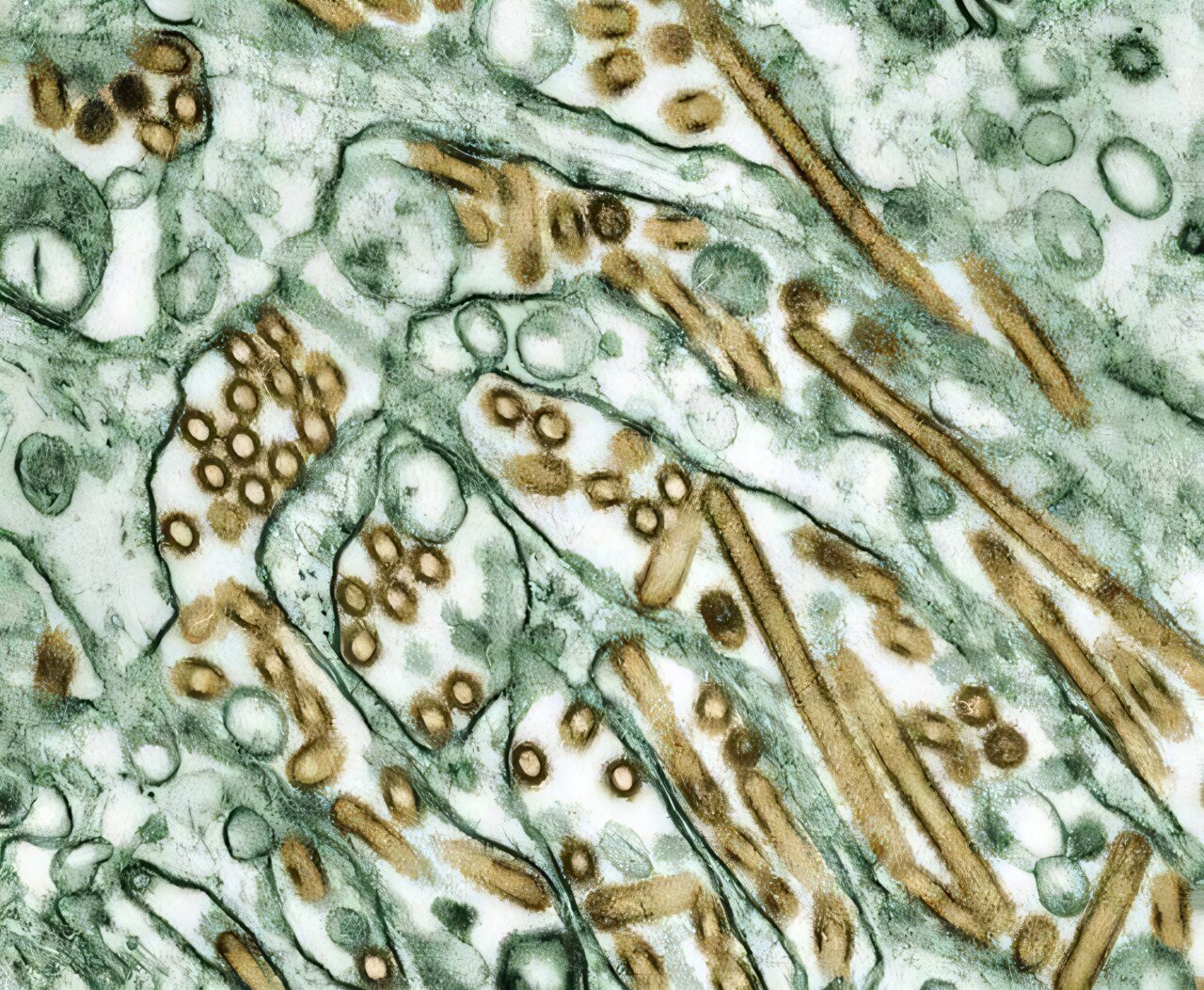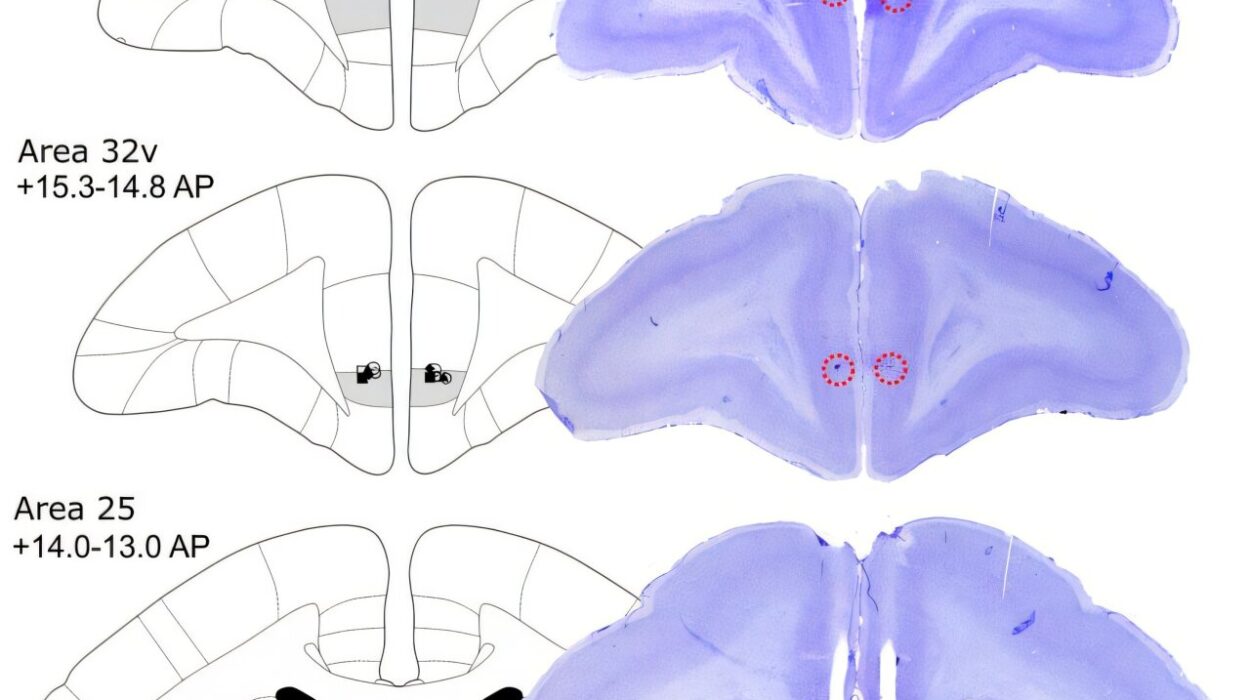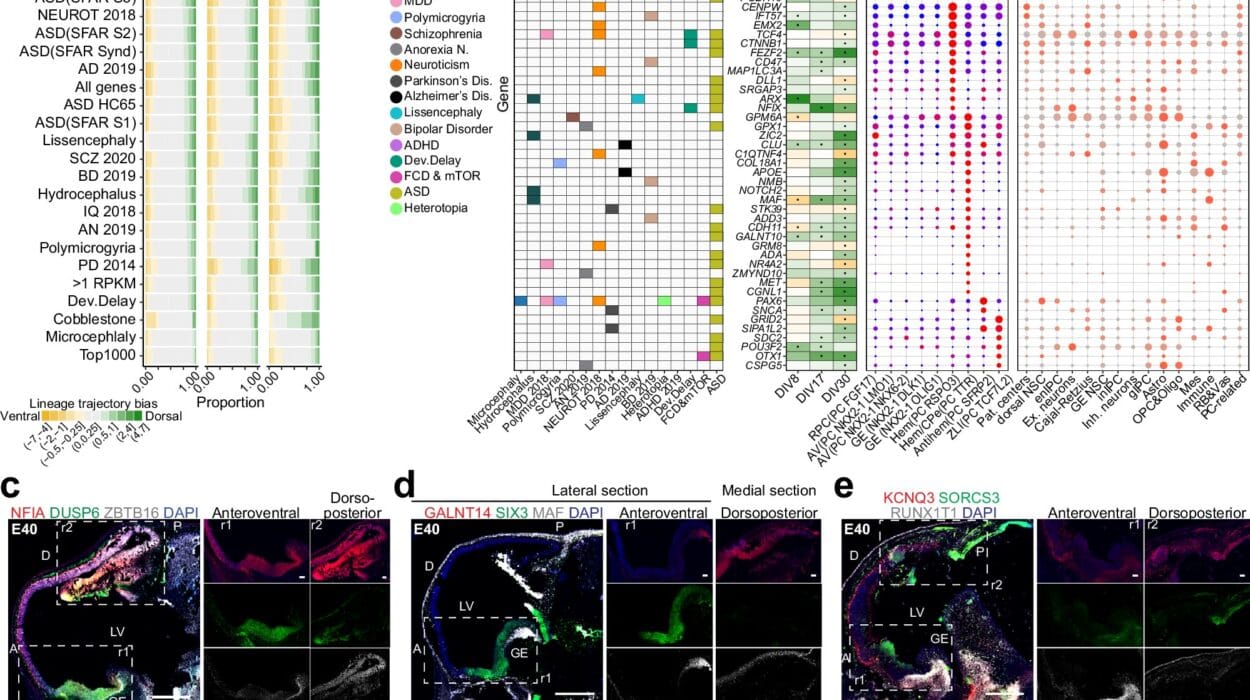When we think of bird flu, we picture scenes of mass poultry culls, soaring egg prices, and biohazard-suited workers struggling to contain outbreaks. But beneath that visible crisis lies a quieter mystery—humans who may carry the deadly H5N1 avian influenza virus without ever showing a single symptom.
Now, researchers from the U.S. Centers for Disease Control and Prevention (CDC) have uncovered rare but real evidence that asymptomatic human infections with H5N1 have occurred. Published in JAMA Network Open, their global review sheds light on an unsettling question: can the virus move silently through people, undetected?
Getting to Know H5N1
H5N1, also known as avian influenza A, is a virus that primarily infects birds—but occasionally crosses the species barrier to humans and other mammals. It first emerged in 1997 in Hong Kong, infecting both chickens and people, and has since caused outbreaks across Asia, Europe, Africa, and the Americas.
The virus is notorious for its lethality. More than a thousand human infections have been documented across 25 countries, with the global mortality rate hovering around 50%. Most of those infected had close contact with sick or dead poultry. However, more recent cases in the United States have also linked H5N1 to infected dairy cows, showing that the virus can adapt to new hosts.
In birds, H5N1 has caused catastrophic agricultural and economic consequences. Entire poultry farms have been wiped out in attempts to contain outbreaks, disrupting food supply chains and contributing to sharp increases in egg prices. Yet, despite the visible destruction in livestock, what remains invisible—and potentially just as significant—is how the virus behaves in humans who never feel ill.
The Mystery of Asymptomatic Infection
Seasonal flu viruses commonly infect people without symptoms. These silent infections, while mild or unnoticed, still play a role in spreading the virus. But H5N1 is different—it’s far more lethal, and its behavior in humans is less understood.
If people can carry H5N1 without falling sick, it could complicate global efforts to track and control the virus. Asymptomatic infections might go undetected, giving the virus hidden routes to spread between people or animals. Detecting such cases requires highly sensitive molecular and serologic testing, both of which can be difficult to perform accurately in real-world settings.
The CDC team set out to answer a deceptively simple question: How often does H5N1 infect humans silently?
A Global Search for the Invisible Cases
The CDC-led review analyzed all available scientific literature up to August 2025, combing through seven major databases to find reports of confirmed asymptomatic human H5N1 infections. To ensure scientific rigor, the team included only studies that met World Health Organization criteria for confirmation through molecular or combined molecular and serologic testing.
Out of 1,567 research papers screened, only ten met these strict requirements. From those, just 18 human cases of asymptomatic H5N1 infection were confirmed worldwide.
It’s a remarkably small number—but in virology, even a few cases can be deeply significant.
Two of those infections were fully confirmed through both molecular and serologic testing. They occurred in adults from Pakistan and Vietnam, each identified during investigations into sick family members. One likely caught the virus from another human; the other, directly from infected chickens.
The remaining 16 cases were confirmed by molecular testing alone. Eleven were found among people exposed to infected poultry in Bangladesh, Spain, and the United Kingdom, while five were discovered in household contacts in Vietnam and Cambodia.
Evidence and Uncertainty
Although molecular tests detected the virus’s genetic material, the researchers were careful to interpret the results cautiously. Some of the findings—especially those with high cycle threshold values, meaning very low viral loads—might not indicate true infection but rather environmental contamination.
Moreover, most of the asymptomatic individuals did not receive follow-up testing or antiviral treatment. Without consistent symptom monitoring or antibody testing, it’s difficult to know whether these cases represented genuine infections or transient traces of exposure.
This ambiguity highlights one of the biggest challenges in studying H5N1: it’s a virus that can be both deadly and elusive. Scientists know how it devastates birds and occasionally causes severe human illness, but its quietest interactions with humans remain poorly mapped.
How Rare Are Asymptomatic Cases?
The CDC review concluded that asymptomatic H5N1 infections appear to be rare. Most confirmed human cases over the past two decades involved serious illness, often leading to hospitalization or death.
However, the scarcity of detected asymptomatic cases might not tell the full story. Many people exposed to infected poultry or livestock are never tested, especially if they feel healthy. Surveillance tends to focus on those who are visibly sick. As a result, silent infections could be undercounted simply because no one is looking for them.
If even a small percentage of exposures lead to mild or symptom-free infections, the virus’s real reach could be broader than currently recognized. Understanding that possibility is vital for global preparedness.
Why Silent Infections Matter
The existence of asymptomatic cases changes the conversation about how H5N1 might spread. If healthy individuals can carry the virus, even temporarily, they could unknowingly pass it on to others or to animals. That doesn’t mean a pandemic is imminent—but it underscores the importance of vigilance.
H5N1 remains primarily a bird virus, not a human one. But viruses evolve. Every cross-species infection is an opportunity for the virus to adapt, to learn new tricks that might one day make human-to-human transmission more efficient. Silent infections could act as stepping stones in that evolutionary process.
Understanding asymptomatic cases, therefore, isn’t just academic curiosity—it’s a public health priority.
Filling the Gaps in Knowledge
The study also revealed how much remains unknown. Most reports of asymptomatic infection lack full genetic sequencing, antibody confirmation, or long-term follow-up. Without these details, scientists can’t yet say how long asymptomatic individuals shed the virus or whether they pose any real risk to others.
The CDC researchers called for more comprehensive studies involving larger populations, consistent testing protocols, and careful tracking of people who were exposed but never became ill. Future work could clarify whether these silent cases are fleeting encounters or meaningful infections that contribute to transmission.
Preparing for What Comes Next
For now, the message from the CDC is one of cautious awareness. Asymptomatic H5N1 infections do occur, but they appear to be rare and poorly understood. That doesn’t diminish the importance of monitoring them—it amplifies it.
Each new discovery about H5N1 deepens our understanding of how viruses adapt, survive, and spread. The lessons learned from this research could inform global surveillance systems, vaccine development, and outbreak response strategies—not only for bird flu but for other emerging diseases as well.
The Human Side of a Global Story
Behind the data and scientific language lies a deeply human story. The farmers who care for flocks, the families who live near outbreak zones, the scientists racing to understand viral behavior—all are part of a fragile balance between humans and nature.
The emergence of asymptomatic H5N1 infections reminds us that viruses don’t always announce themselves with fevers or coughs. Sometimes, they whisper through populations quietly, unseen but significant.
As the world continues to navigate an age of emerging infections, the discovery of silent H5N1 carriers offers both a warning and a hope. It’s a reminder of how much remains hidden—and how much science can still uncover.
More information: Fatimah S. Dawood et al, Asymptomatic Human Infections With Avian Influenza A(H5N1) Virus Confirmed by Molecular and Serologic Testing: A Scoping Review, JAMA Network Open (2025). DOI: 10.1001/jamanetworkopen.2025.40249
Rick A. Bright et al, Asymptomatic Influenza A(H5N1) Infections and Sustained Surveillance—Sustaining Surveillance Beyond the Crisis, JAMA Network Open (2025). DOI: 10.1001/jamanetworkopen.2025.40255






